Amaravati: The Andhra Pradesh government is taking major steps to boost employment and industrial development, with a target to create jobs for 20 lakh youth over the next five years, said Andhra Pradesh Twenty Point Programme Chairman Lanka Dinakar.
Dinakar said the NDA coalition government has secured Rs 9.30 lakh crore in investments within just one year, underscoring a strong push towards promoting Micro, Small and Medium Enterprises (MSMEs), and accelerating industrial expansion across the state.
“The government aims to employ 20 lakh youth in five years by strengthening MSMEs and fast-tracking industrial growth,” he said on 23 June.
Dinakar highlighted that MSMEs currently contribute 30 per cent to the Gross Domestic Product (GDP), with over eight lakh MSME units operating in the state. He also stated that this sector will play a key role in realising the Swarna Andhra (Golden Andhra) 2047 vision.
Efforts are underway to enhance coordination between MSMEs, the Society for Employment Generation and Enterprise Development in Andhra Pradesh (SEEDAP), and the Industries Department to deliver targeted skill training and set up industrial units, particularly in backwards districts.
Meanwhile, SEEDAP Chairman G Deepak Reddy added that the state is currently training around 16,000 youth every quarter.
Plans are in motion to scale this up to 60,000 annually, with the number of training centres expected to increase from 103 to 250 by 2026.
Additionally, 40 rural business units have already been identified, with a target to raise this number to 300 in six months. Reddy also mentioned efforts to bring 10 key central government schemes to the state to further support entrepreneurship and employment generation.
According to the Ministry of Statistics and Programme Implementation, the Twenty Point Programme is designed to strengthen initiatives focused on poverty alleviation, rural employment generation, housing, education, healthcare, environmental protection and other schemes that directly impact the quality of life, particularly in rural areas.
This central government program was initially launched in 1975 and has been revised several times. However, it should be noted that although state governments and union territory administrations implement the programme, its overall framework and monitoring are managed by the central government through the MoSPI.

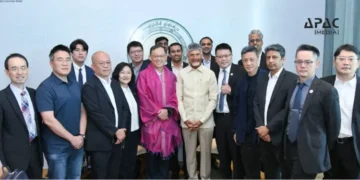
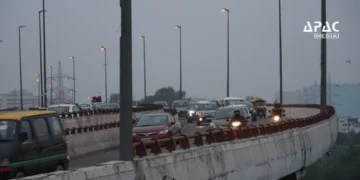

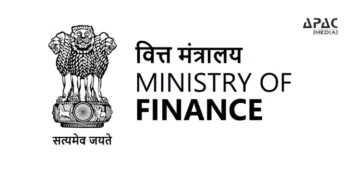

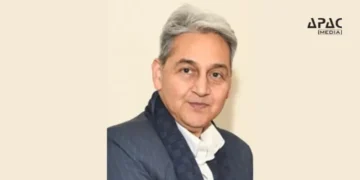

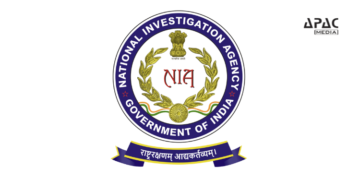
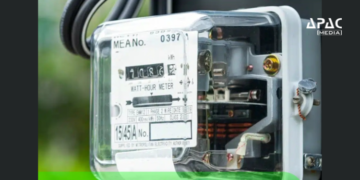






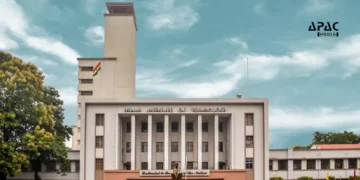
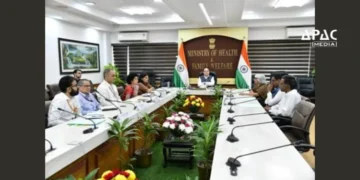
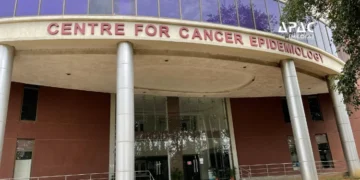



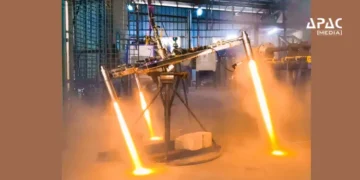




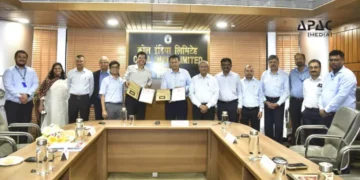
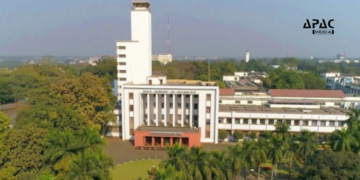
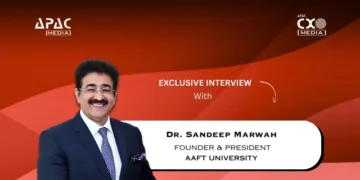
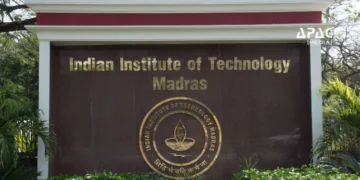
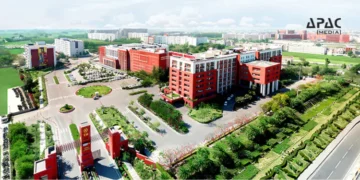
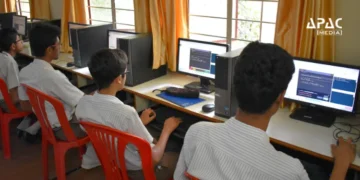







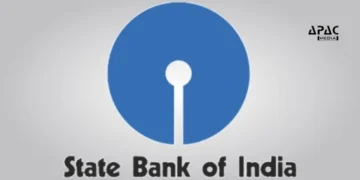






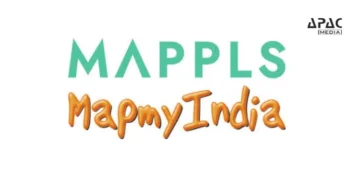
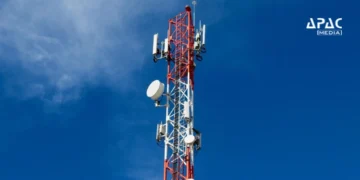



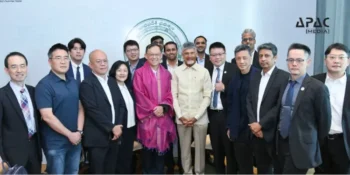
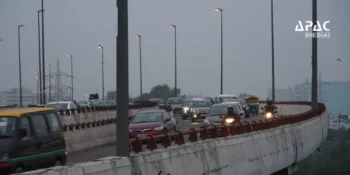

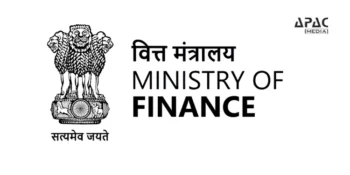

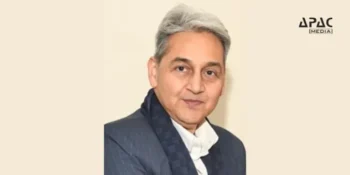







Discussion about this post